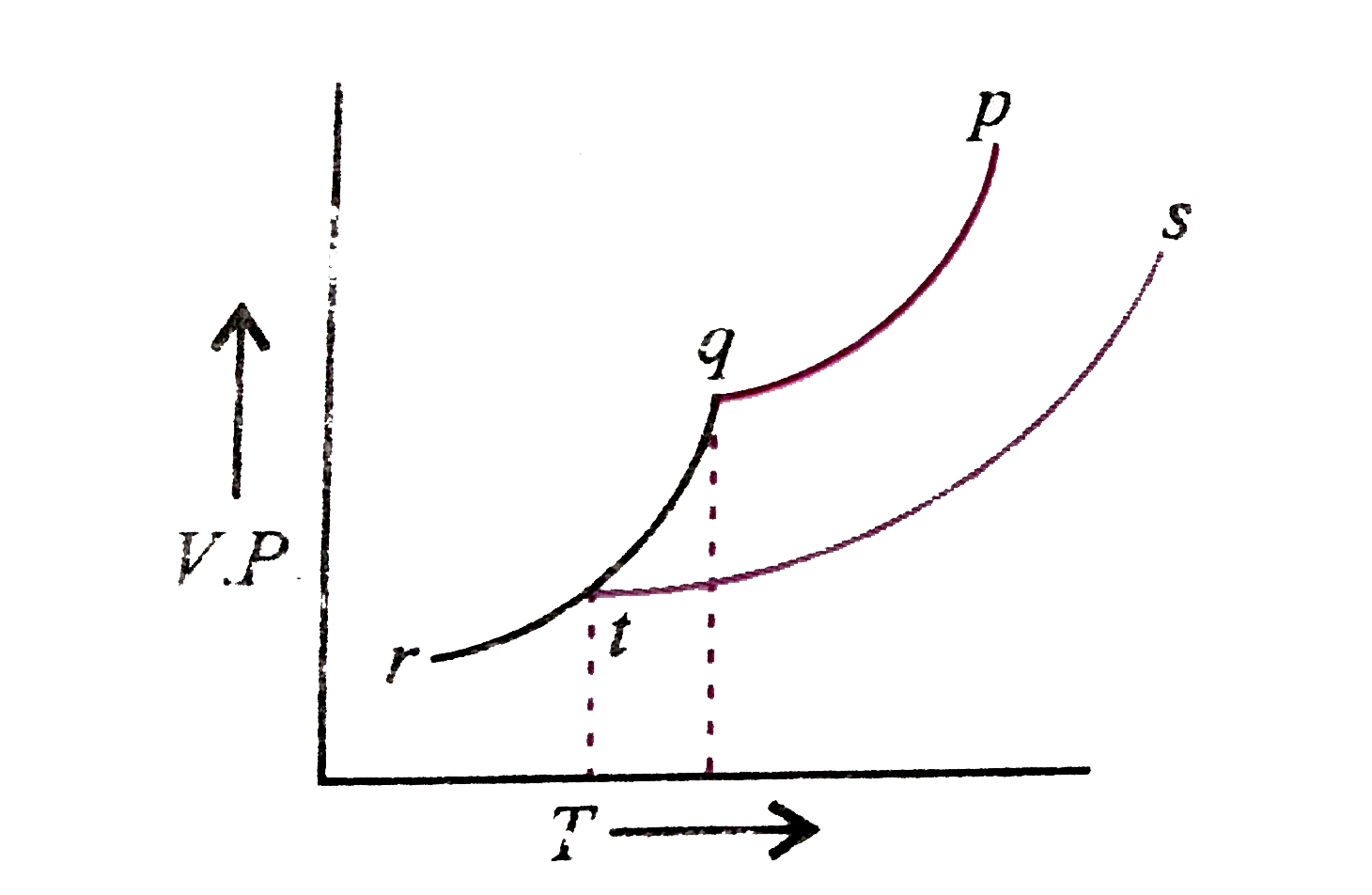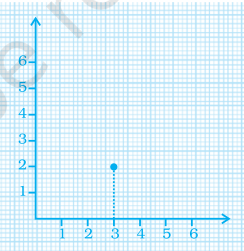In the given energy graph for cyclohexane, the point "B" represent.

Chair conformation
Half chair conformation
Twist boat conformation
Boat conformation
The correct Answer is:B
Infact "B" is the half chair conformation of cyclohexane.
Topper's Solved these Questions
- STEREOISOMERISMBOOK - RESONANCECHAPTER - STEREOISOMERISMEXERCISE - EXERCISE (PART II : NATIONAL STANDARD EXAMINATION IN CHEMISTRY (NSEC) STAGE-1)
56 Videos
- SOLUTIONSBOOK - RESONANCECHAPTER - SOLUTIONSEXERCISE - Advabced Level Problems (PART-2)
35 Videos
- STRUCTURAL IDENTIFICATIONBOOK - RESONANCECHAPTER - STRUCTURAL IDENTIFICATIONEXERCISE - Advanced level Problems (Part-III)
12 Videos
Similar Questions
Knowledge Check
The potential energy in given according to the following graph.
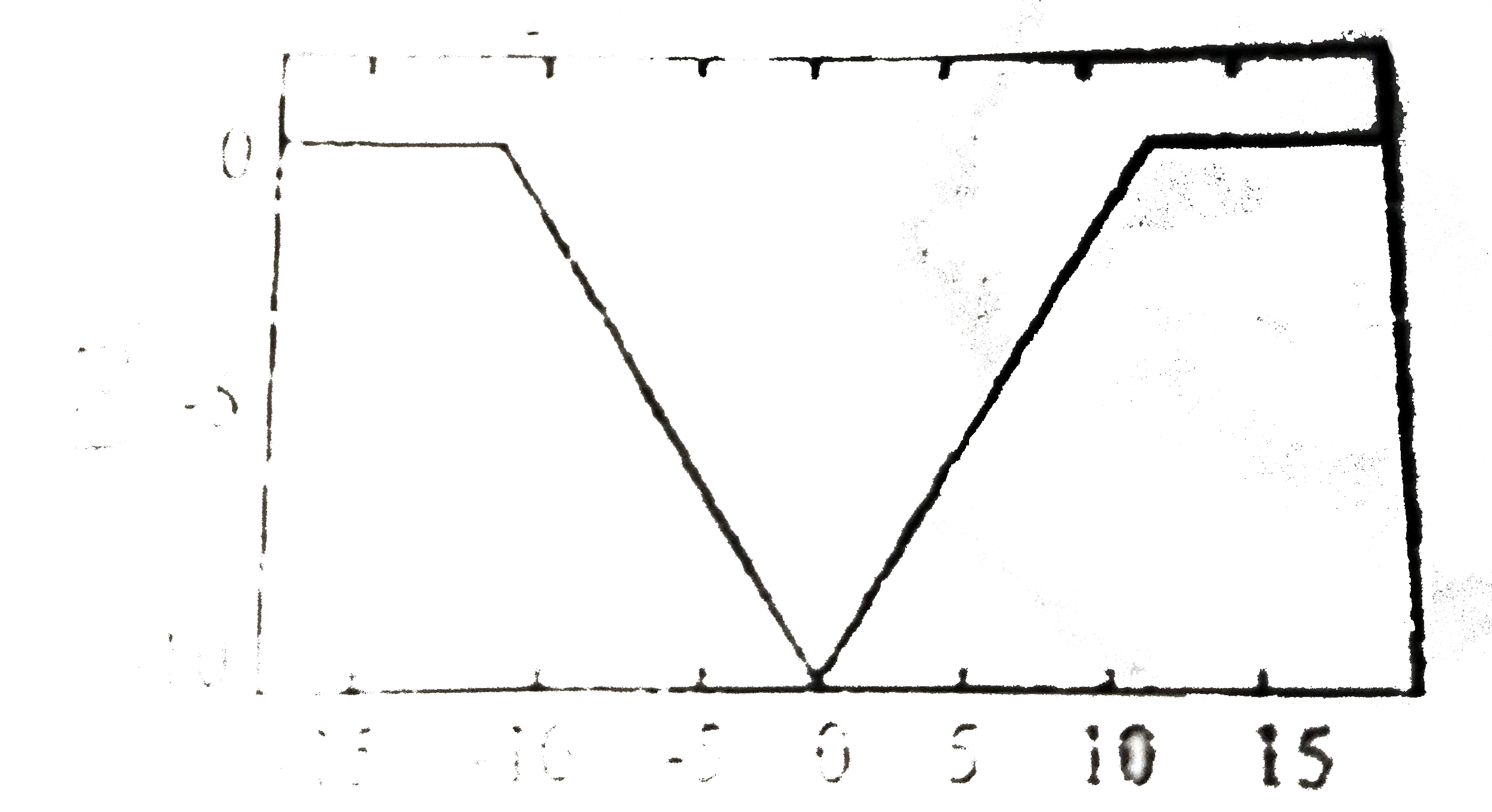
Which of the following graph represent the force?A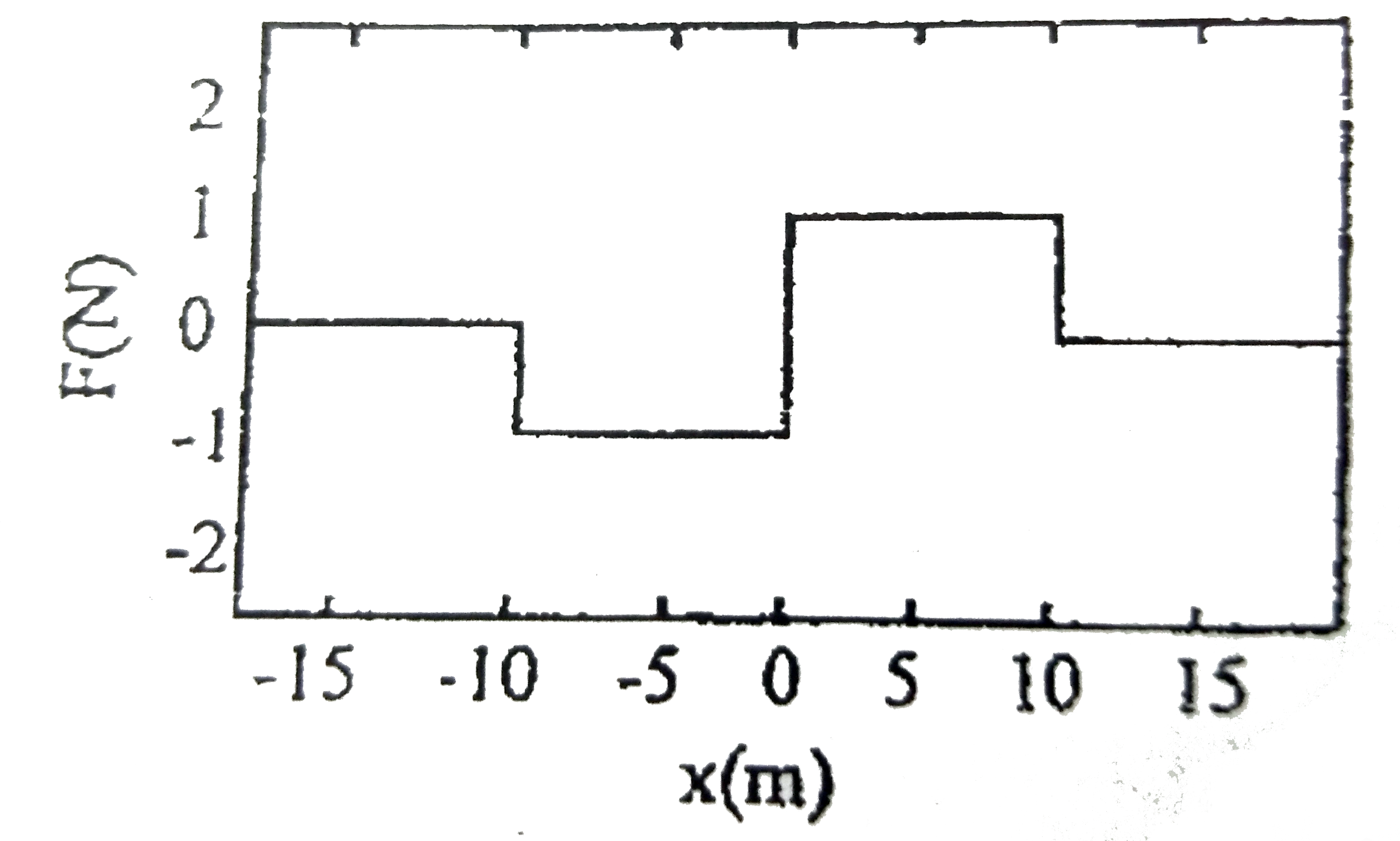 B
B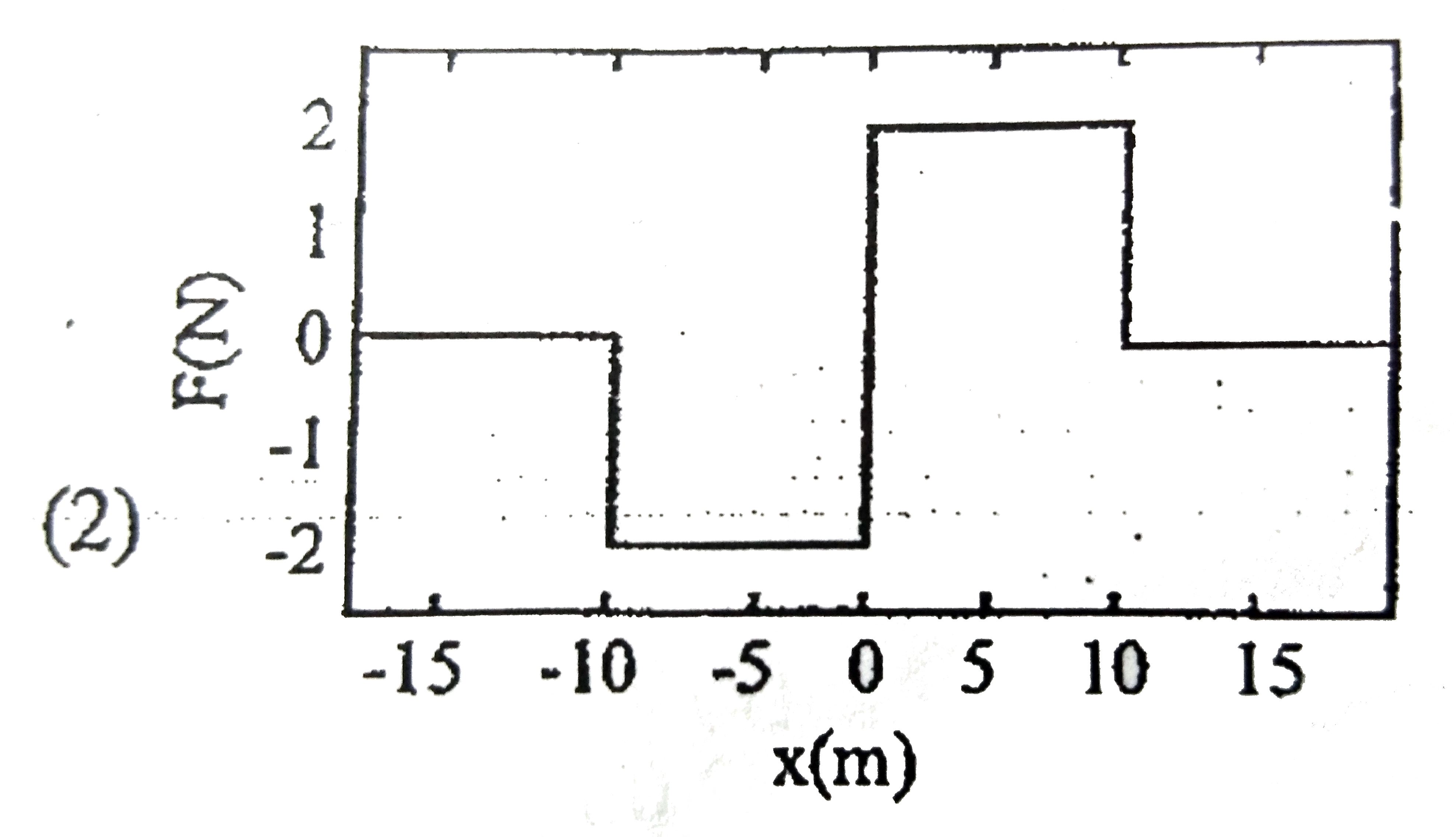 C
C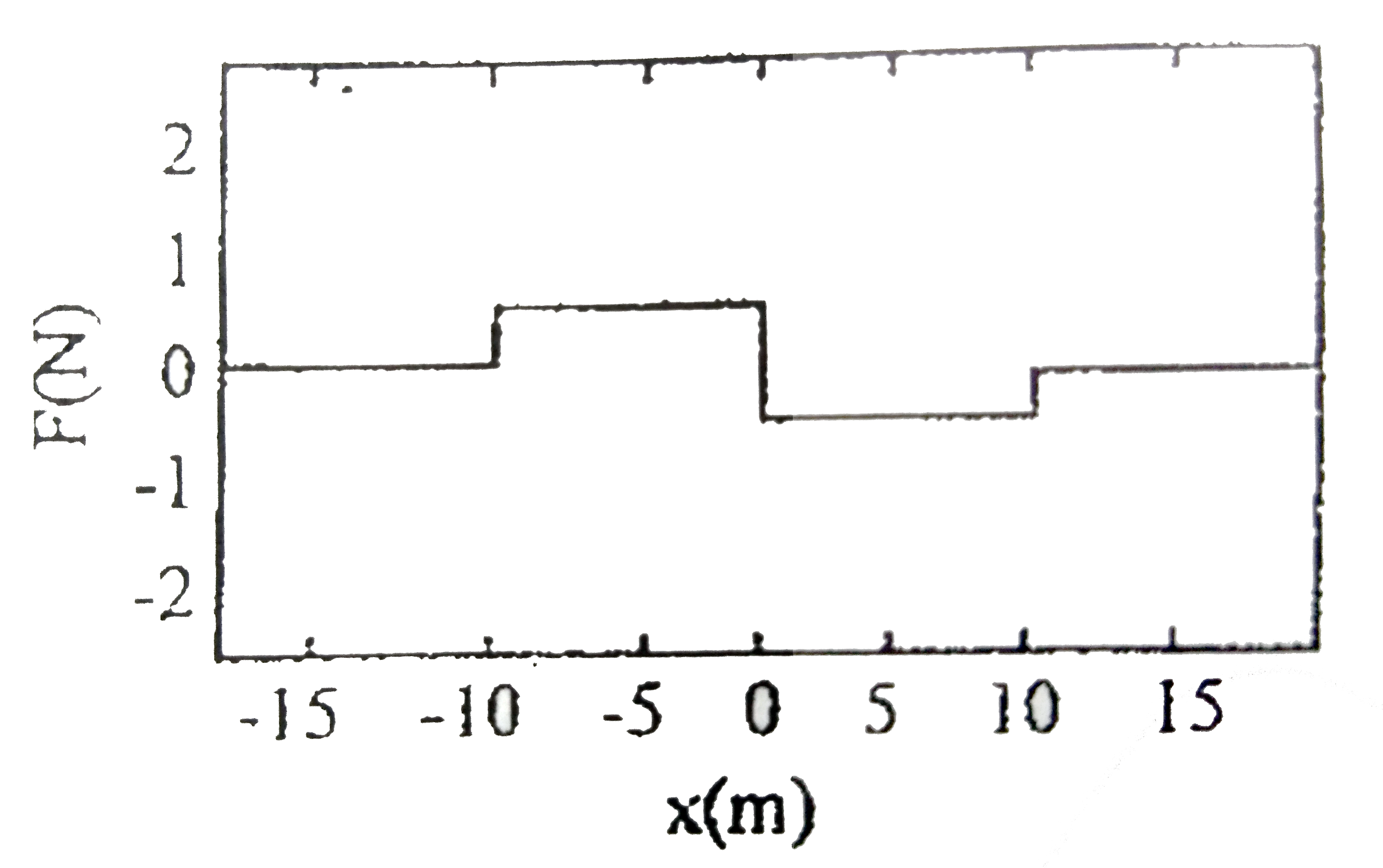 D
D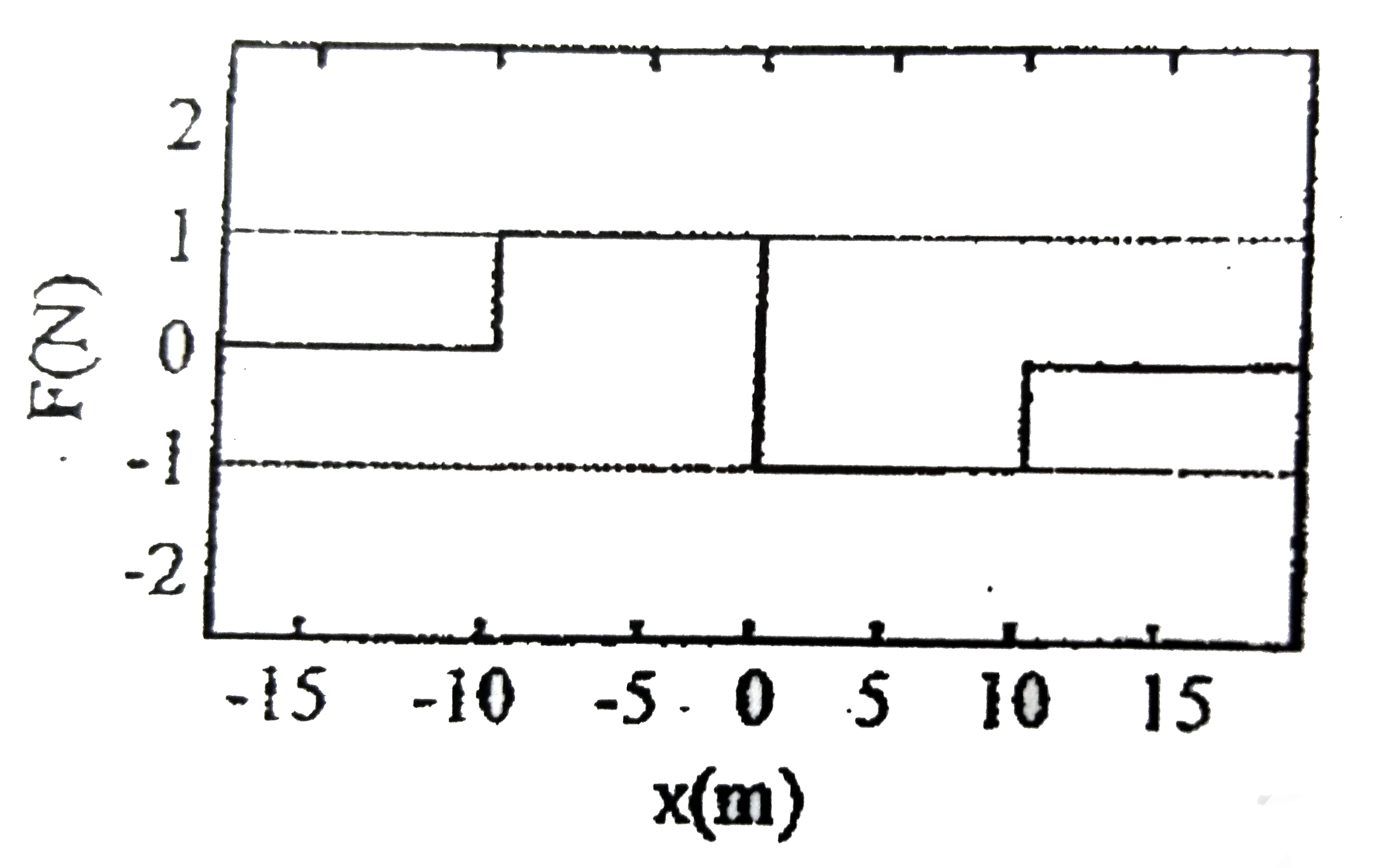
In the given curve total area under the graph represents:
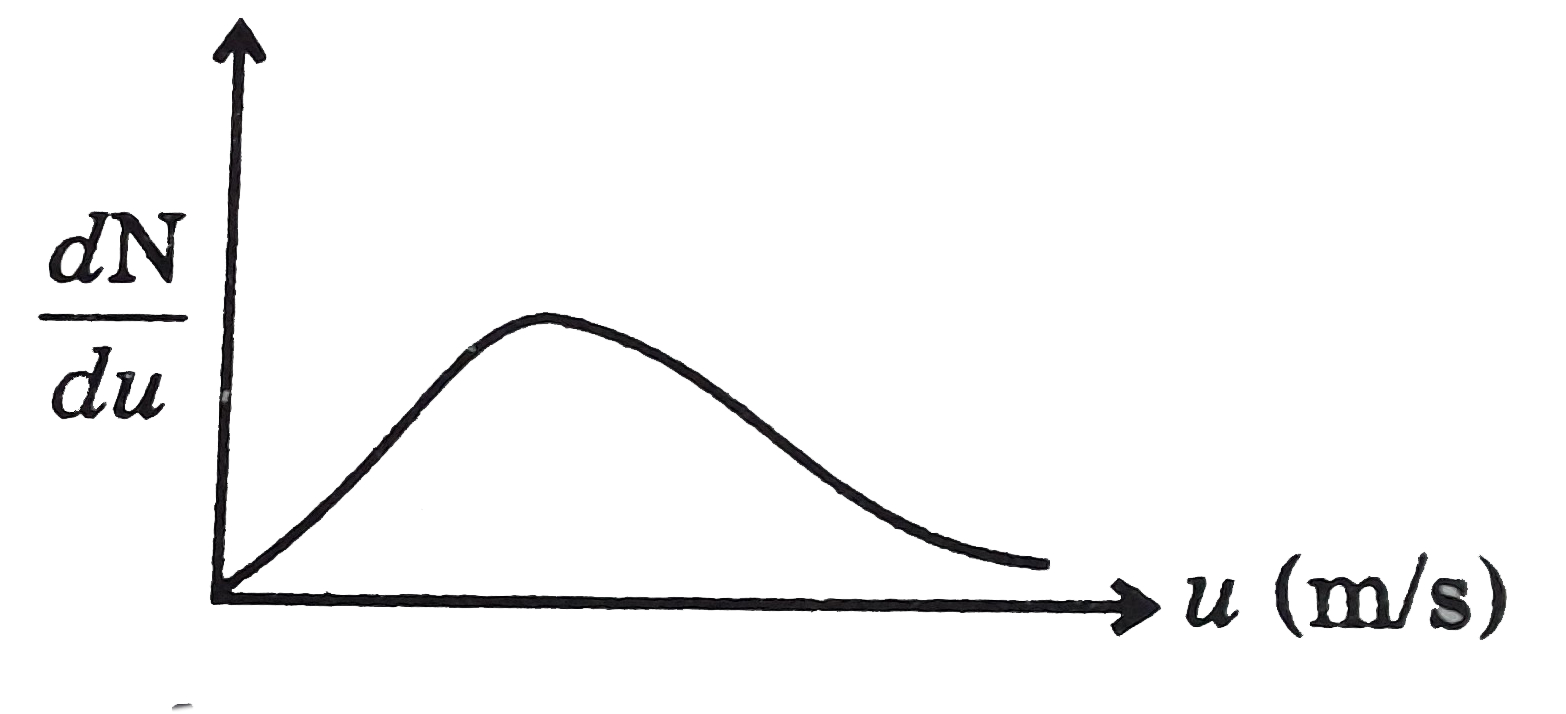 AGives number of molecules moving with certain range of velocitiesBGives fraction of moleculesCGives total number of moleculesDTotal frcation of molecules = unity
AGives number of molecules moving with certain range of velocitiesBGives fraction of moleculesCGives total number of moleculesDTotal frcation of molecules = unityThe most stable form of cis cyclohexane -1,3-diol is represented as :1
A B
B C
C D
D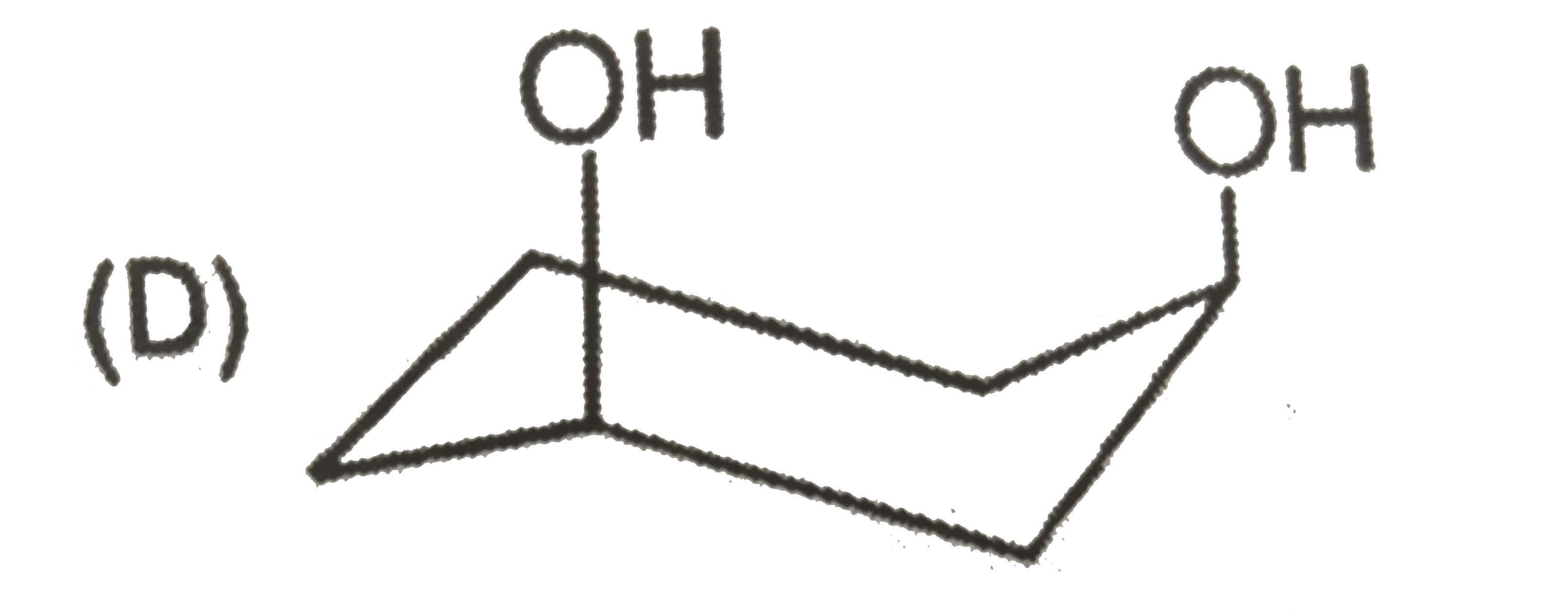
Column-1 represents potential energy graph for certain system. Column-2 gives statement related to graphs.
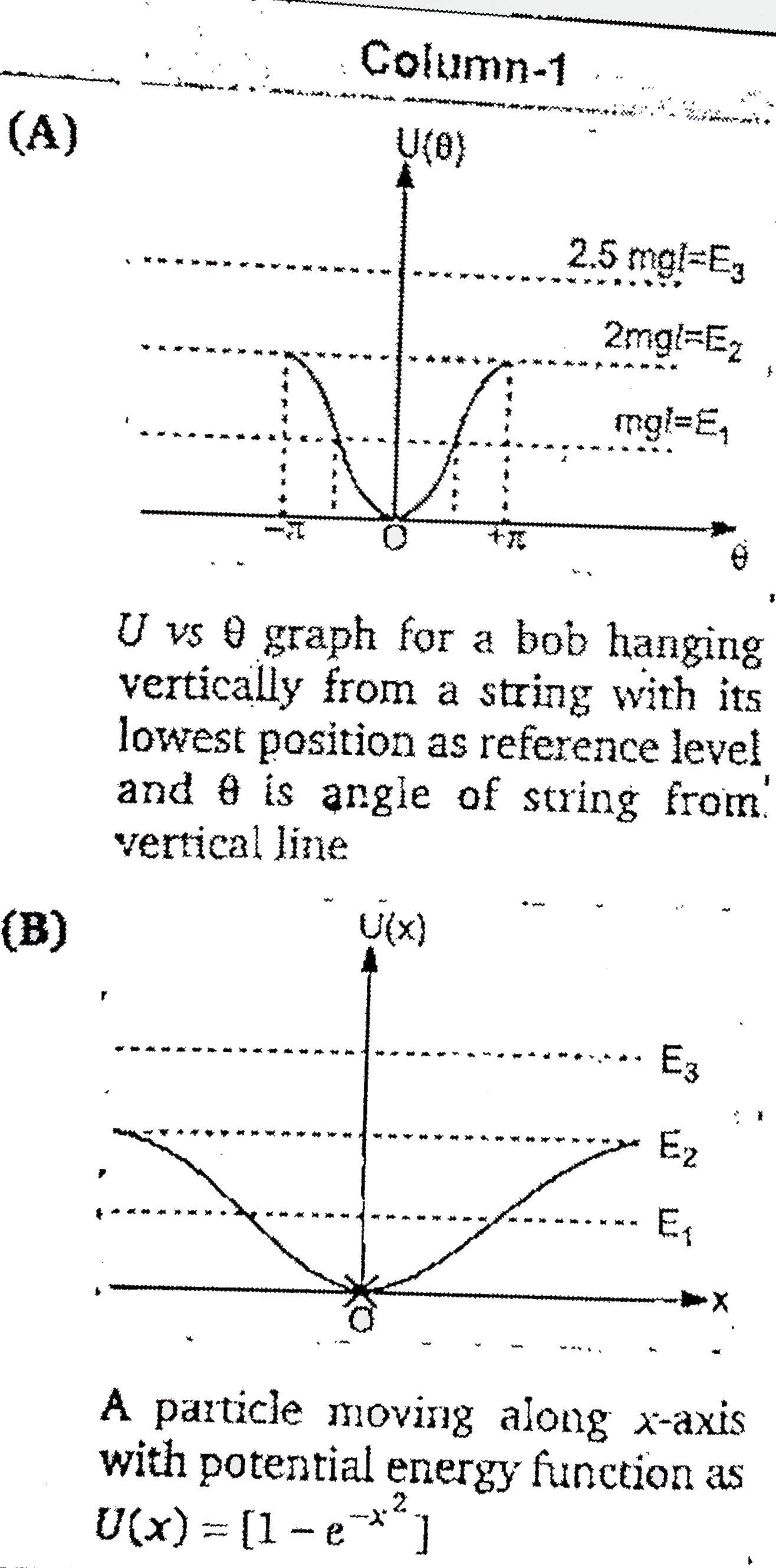
View SolutionThe most stable form of cis cyclohexane -1,3-diol is represented as :1
View SolutionThe points on the graph below represent the height and weight of the donkey, dog, crocodile, and ostrich shown in the drawing.
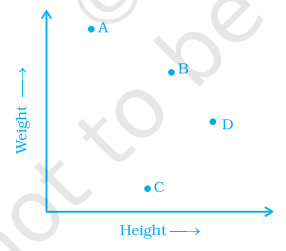
(a) What are the two variables represented in the graph?
(b) Which point represents each animals? Explain.
View SolutionFigure shows a graph of potential energy.
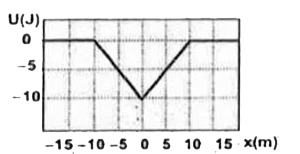
Consider the following graph of position and time , which represents the motion of the certain particle in the given potential. What is the total energy of the particle?
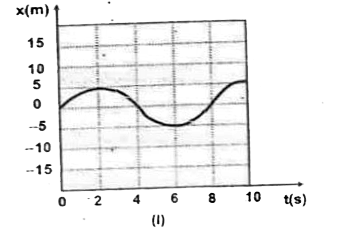
View SolutionFigure shows a graph of potential energy.

Consider the following graph of position and time , which represents the motion of the certain particle in the given potential. What is the total energy of the particle?

View Solution

